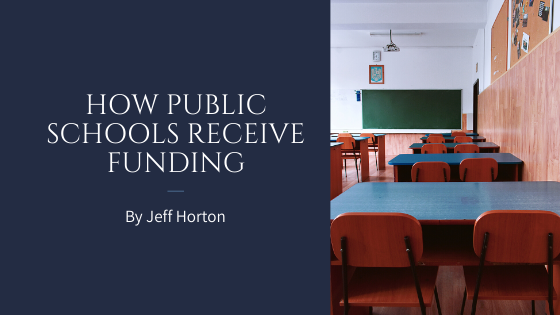Public schools in communities across America are funded by three basic sources: federal, state and local community school districts. Keep in mind that this broad overview does not account for the complexities that exist in school funding. On the other hand, understanding how schools keep their doors open and educate American kids is a fairly straightforward process.
According to the U.S. Department of Education, 83 cents of every dollar flows to local schools from federal and state resources. But on a local level, it’s important to understand taxes called school levies. These are issued by school districts. A school district is created for the sole purpose of providing funding for local schools. They are a public body that has the power of taxation. School board members are elected by popular vote within each community.
There are usually several different school districts within a city or county. A school district issues a levy on the property owners who live within that district. This levy is called a “mill levy.” A mill levy is a tax rate applied to the monetary value of a property as determined by a county assessor. A property can be a home, farmland, or some other form of property.
One mill is one dollar per $1,000 of assessed property value. Thus, if a person’s home is worth $100,000, the mill levy will be $100 if the mill levy is set at 1. The word “mill” is derived from the Latin word “millesimum” which means “one thousandth.”
In most states, the amount of the mill levy is limited by state law. Also, when the school district wants to raise the mill levy, a voter referendum is required to approve it. For example, if a school needs to raise $250,000 for repairs, meet upcoming expenses, or overcome an operating deficit, it will issue a referendum to raise the mill levy to garner that amount. The voters can either vote to approve or reject the mill levy referendum.
Communities that are economically prosperous and have a strong tax base tend to have better schools because local property owners can afford higher mill levies to operate superior schools. Poorer areas, such as inner city locations where there is urban decay and low employment, tend to have schools that struggle to meet the needs of educating local children. This inequity is commonly cited in discussions relating to education reform and equality.

